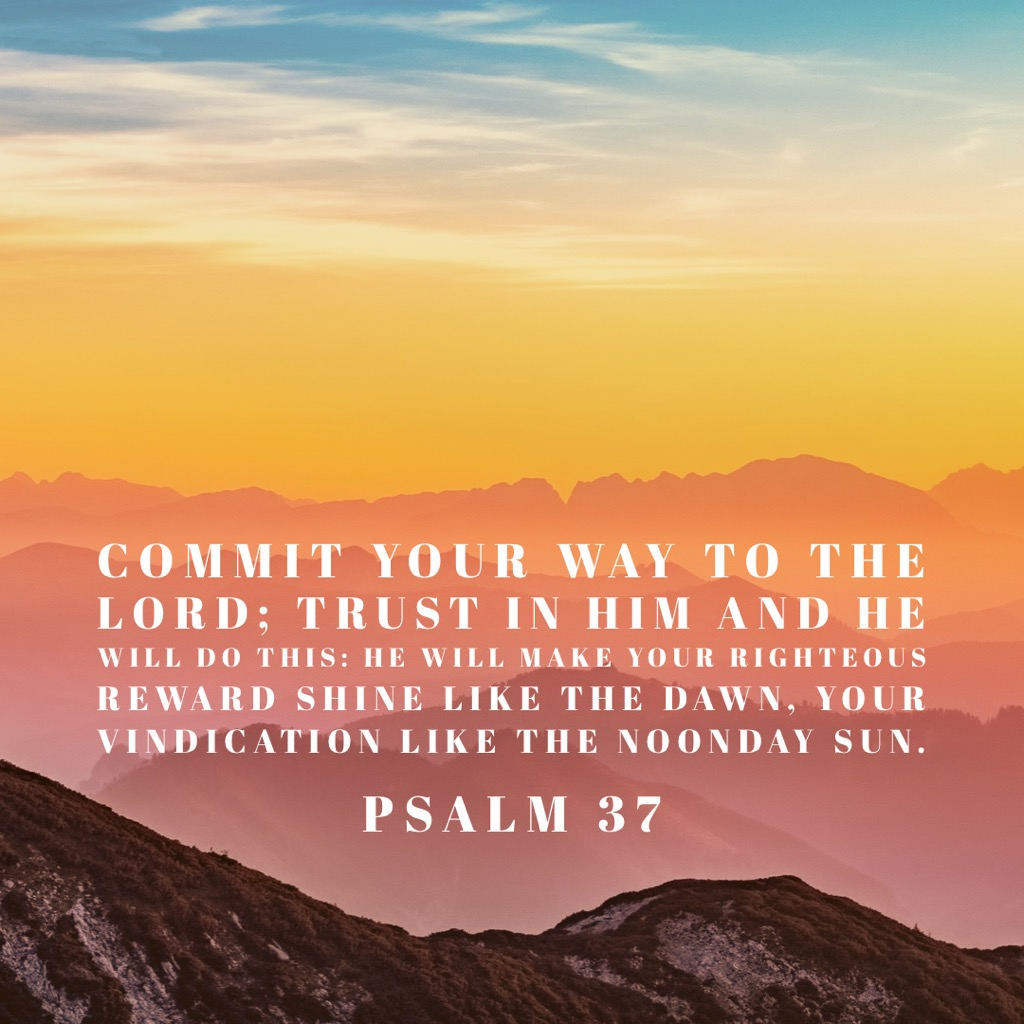 Commit your way to the Lord;
trust in him and he will do this:
He will make your righteous reward shine like the dawn,
your vindication like the noonday sun. Psalm 37
Easter Tuesday Prayer: God of all futures, give us the tenacity to hope, that we may not give in to fear, despair, or cynicism. Amen.
Commit your way to the Lord;
trust in him and he will do this:
He will make your righteous reward shine like the dawn,
your vindication like the noonday sun. Psalm 37
Easter Tuesday Prayer: God of all futures, give us the tenacity to hope, that we may not give in to fear, despair, or cynicism. Amen.
(This week the evening drop of hope is dedicated to the courage-building skills of rising strong. It’s my way of staying in the Easter Spirit for the whole week!) Today, the debate over public health versus economic freedom is raging in the news. The president claims he has absolute authority to decide when we can safely open schools and public spaces. The state governors say, “Not so fast.” Well, no matter who gets to decide, you and I won’t have much of a say. When your future is at the mercy of government decision makers, where do you find hope? Since 2014, the church where I lead has had a motto: Hope is Here. The motto has at least three meanings: 1.) Our church family embodies a deep sense of hopefulness; 2.) The Spirit of Christ brings Hope, and Christ is in everything; 3.) Because the Spirit of Christ is in us, Hope is with us when we gather, and hope goes with us when we’re scattered into the community.
What is Hope?
Brené Brown writes that “Hope is a function of struggle.” So, it makes sense that our church rose into this character of hopefulness through some painful struggles. It also makes sense that Crossroads is influencing individuals and families with Hope during the painful struggle of Covid-19. Next to Love and Belonging, we want those we love to have a deep sense of hopefulness. This evening, I want to offer us a way to foster hopefulness in our personal lives—NOW. Before learning about C.R. Snyder’s research on hope, I thought hope was a feeling of possibility; and as a theologian I had all kinds of Bible material on the topic. But according to Snyder, hope isn’t an emotion; it’s a way of thinking about something. Emotional literacy plays a supporting role, but hope is really a style of directing the mind, which involves goals, pathways and agency. According to Snyder, hope happens when:- We have the ability to set realistic goals (I know where I want to go).
- We are able to figure out how to move toward those goals, including the ability to stay flexible and develop alternative routes (I know how to get there, I’m persistent, and I can tolerate disappointment and try again).
- We believe in ourselves (I can do this!).
HOPE as a Spiritual Practice:
I realize every person’s situation is different today. While one medical worker wonders when she will hold her baby again, a fellow parent on the same block wonders when he will walk his child to the school bus stop, or receive a paycheck, again. The intensity of longing and wondering puts the squeeze on the hopefulness of both parents. No matter what you hope for, do yourself a favor and meditate your way through Snyder’s pathway and your situation. 1.) Envision meeting your goal and talk to God about the worthiness of what you hope for. 2.) Admit, “God I don’t have the power to control the outcome; but I am brave enough to commit and persist through the twists and turns of my situation (Read Psalm 37). 3.) Finally, remind yourself of a time in the past when you faced uncertainty and persisted. Say, “I’ve done it before; I can do this again.” Is this a formula for hopefulness? Not really. It’s a spiritual practice that trains the mind and transforms the self. I offer it to us, because I’m passionate about us learning HOW to hope in life-changing ways. Rest well and take JOY, KatieYou can find this post and posts like this on Katie’s blog: katiemartinezawake.com.

